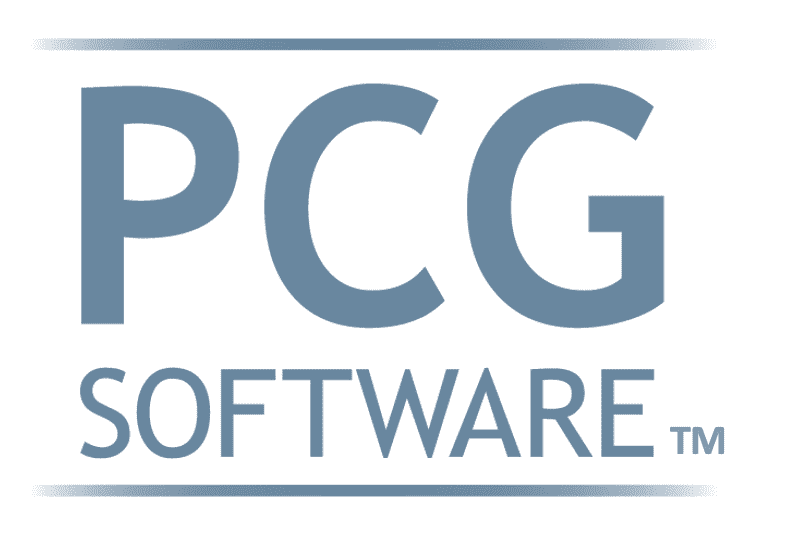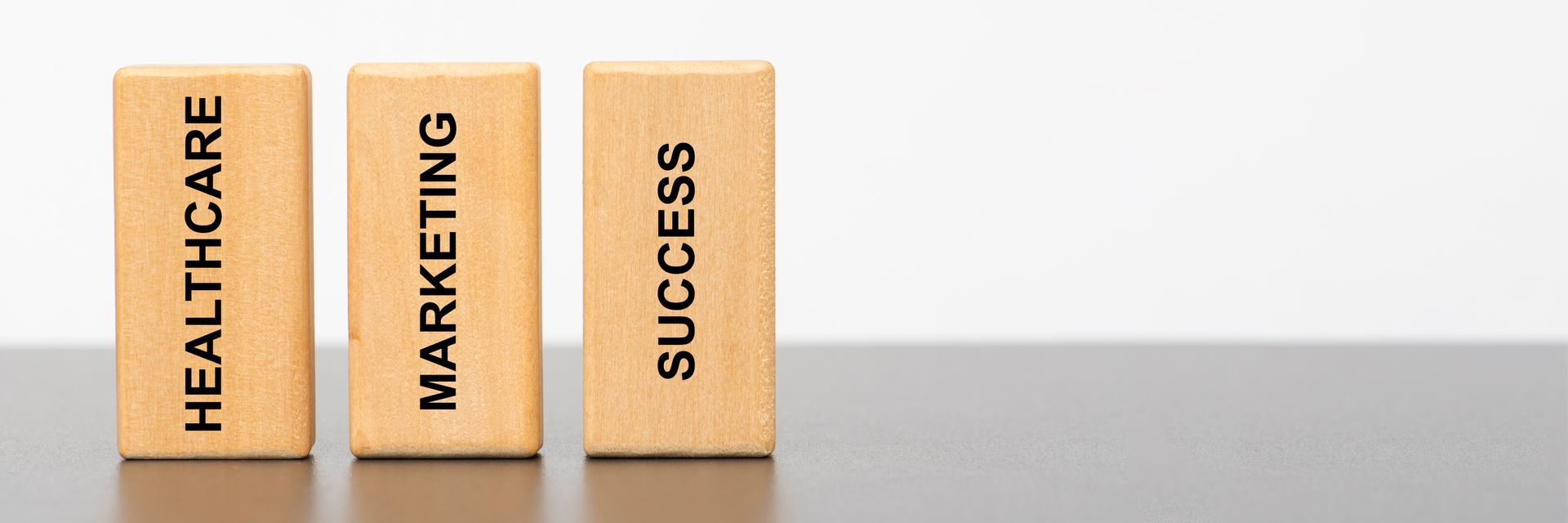What is Duplicate Medical Billing and how do we avoid it?
Duplicate Medical Billing Introduction:
Duplicate medical billing is an increasingly common problem in the healthcare industry, and it has serious impacts on providers, insurers, and patients. It involves submitting the same claim for payment to multiple payers or submitting a claim for services that have already been paid for. The practice of duplicate medical billing can lead to inflated costs for patients, increased administrative costs for healthcare providers, and unfair reimbursement for insurers.
Duplicate medical billing can occur when incorrect coding is used or when a claim is submitted more than once due to an administrative error. It may also be intentional if the provider knowingly submits multiple claims in order to receive excessive reimbursement from an insurer. In any case, duplicate medical billing can lead to significant financial losses for all parties involved.
According to the Centers for Medicare and Medicaid Services, improper payments due to duplicate medical billing amounted to $17.5 billion in 2017. That figure is expected to increase as healthcare organizations continue to struggle with inefficient coding systems, inadequate training of staff, and complex billing procedures. Additionally, the administrative burden of resolving duplicate medical billing claims further increases the cost and complexity of the healthcare system.
For patients, duplicate medical billing can lead to higher out-of-pocket costs due to incorrect or inflated bills. They may also be subject to unexpected debt collection actions if they are unable to pay off the billed amount. Furthermore, some providers may be hesitant to provide care if they believe that the patient's insurer will not reimburse them for their services.
For healthcare providers, duplicate medical billing claims can result in delayed payments and higher administrative costs due to the need to investigate erroneous claims. Additionally, it may lead to an increase in disputes with insurers, as well as regulatory issues from government agencies.
Finally, insurers may be left with the burden of paying out excessive claims due to duplicate medical billing. This can lead to higher premiums and increased costs for all consumers. Furthermore, it may decrease incentives for providers to offer value-based care as they are not being paid accurately or fairly for their services.
The good news is that duplicate medical billing is a problem that can be avoided with proper measures. Healthcare organizations should ensure their coding systems are up-to-date and staff is properly trained to use them. Additionally, insurers should establish procedures to detect and investigate fraudulent claims in order to prevent excessive payments from being made. Finally, patients must stay vigilant about their bills and contact their providers to dispute any errors they may find.
By taking the necessary steps to prevent duplicate medical billing, healthcare organizations and insurers can reduce costs, improve the accuracy of payments, and ensure fair reimbursement for providers. This will ultimately lead to better care for patients and a more efficient system overall.
Check Statuses Prior to Resubmitting Claims
Never resubmit a claim that is already been submitted but has not been approved and/or denied. Simply contact the payer and find the status of the claim. Resubmission of a claim is time consuming for both your clinic and the payer. It raises questions about whether you’re pushy to get the payment or fraudulent by attempting to get paid double for the same service.
Repeat Services and Duplicate Medical Billing
Per CMS to avoid duplicate billing when a repeat service is being performed simply put in a 76 Modifier and LT, RT, or T1 as appropriate to indicate this is the 2nd, 3rd, etc… performance of medical service to which needs payment. What is a 76 Modifier? Simple it’s a repeat procedure or service by the same provider to the same patient.
A Modifier 77 is a repeat procedure by another physician and may require date stamping to show it was performed on the same day or another day as per your payer guidelines as well as the type of procedure. The easiest example to use is illustrated by CMS in where a patient received 2 EKGs a few hours apart and was billed as seen here:
10/1/2022 93010-26 1
10/1/2022 93010-26-77 1
Modifier 91 would be the modifier used to explain multiple diagnostic lab tests, while Modifier JW is the drug amount discarded/not administered to any patients. Lastly, it’s advised to allow 30 days for the first claim to be received, processed, and ready for payment before resubmitting any claim associated with the original claim.
Conclusion
If your clinic or medical biller is struggling with anything related to duplicate billing, or one of your providers within your IPA, MSO, or TPA is struggling, contact us today and we’ll go over how IVECoder and Virtual AuthTech can help resolve this easily within 1-2 weeks going forward.
References
Capline Healthcare References for this article.
Practice Forces References for this article.
Etactics References for this articles.
Our History and Credibility in Reporting this Information:
For over 30 years, PCG Software Inc. has been a leader in AI-powered medical coding solutions, helping Health Plans, MSOs, IPAs, TPAs, and Health Systems save millions annually by reducing costs, fraud, waste, abuse, and improving claims and compliance department efficiencies. Our innovative software solutions include Virtual Examiner® for Payers, VEWS™ for Payers and Billing Software integrations, and iVECoder® for clinics.


